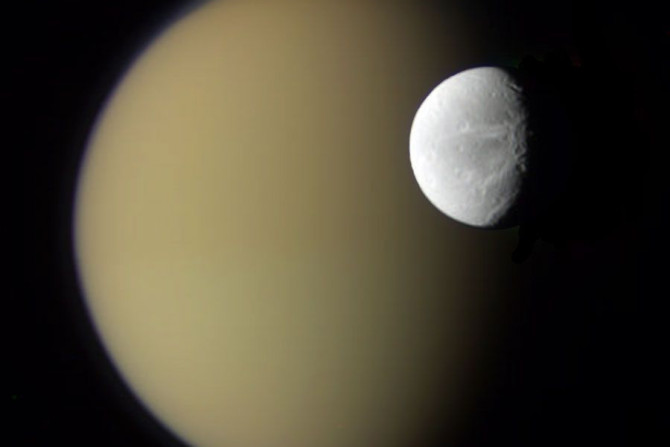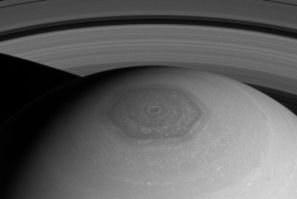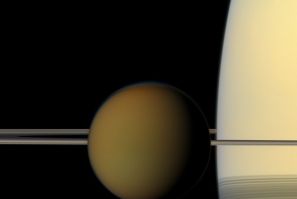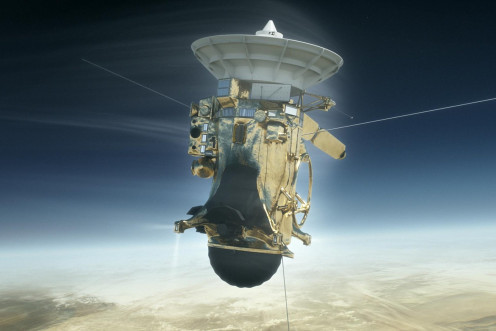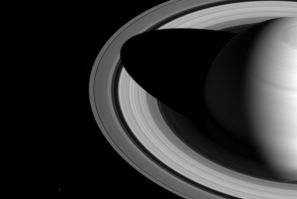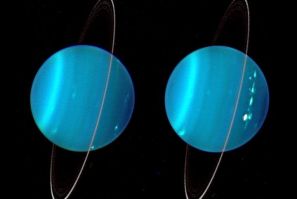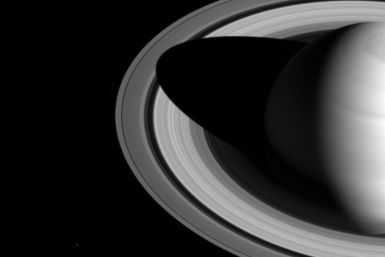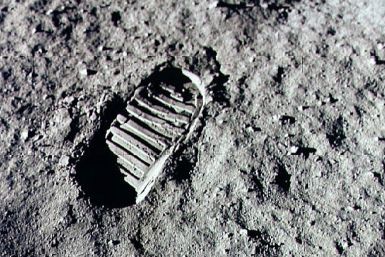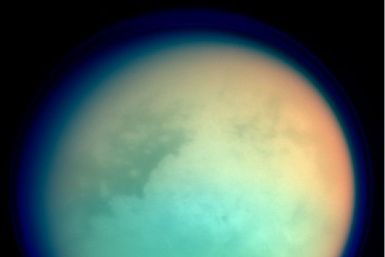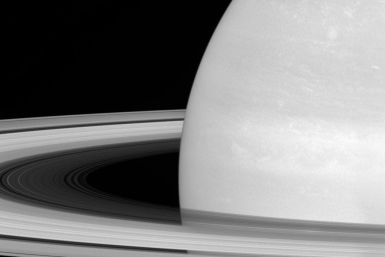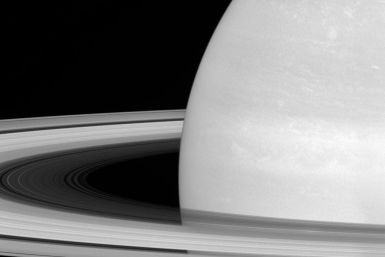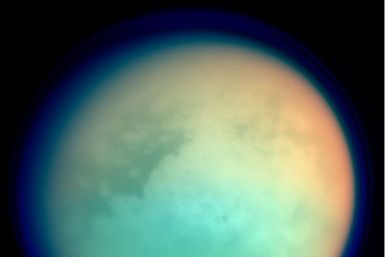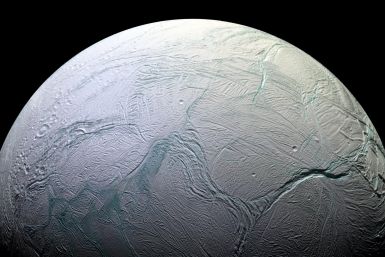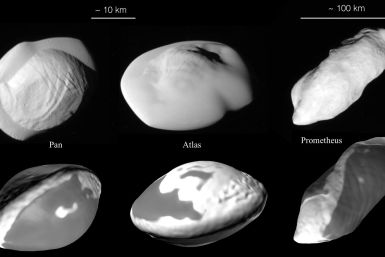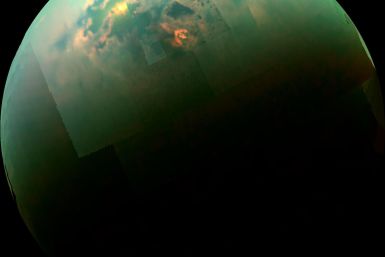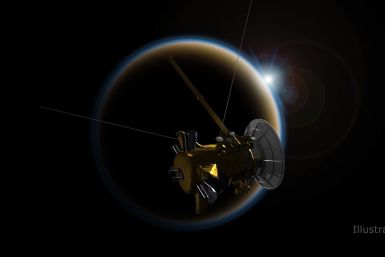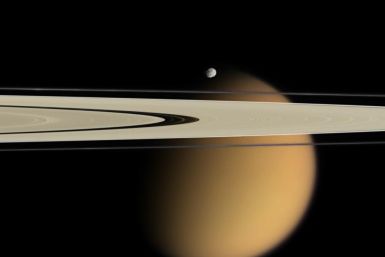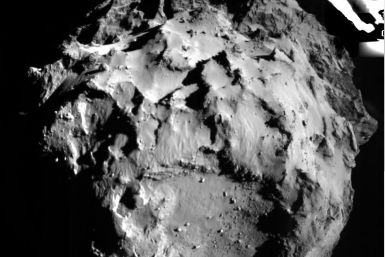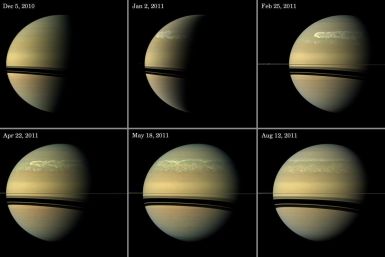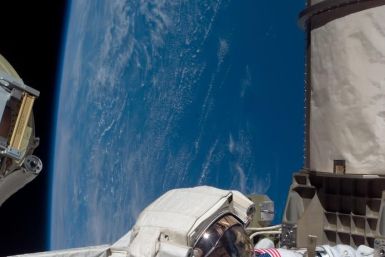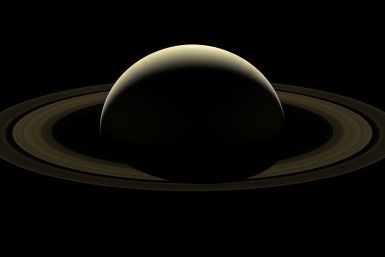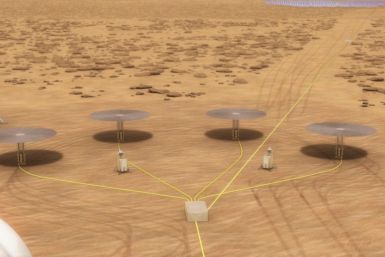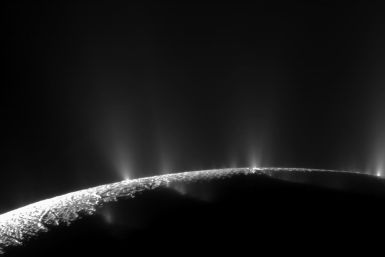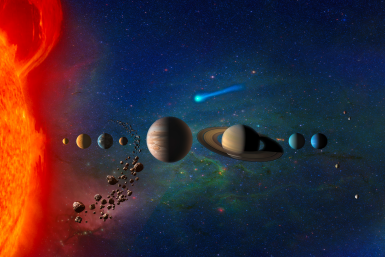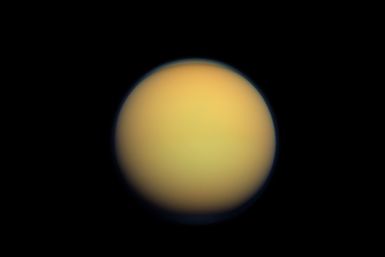Saturn's ring moons may have different appearances due to their position within or near the planet's rings.
Data from the Juno and Cassini missions have revealed surprising details about Jupiter and Saturn.
NASA scientists simulated the chemical reactions on the surface of the Moon driven by solar wind.
Five moons in the solar system could potentially host extraterrestrial life.
Here are some unexpected discoveries about Saturn and its many moons from the Cassini spacecraft before it got destroyed in 2017.
Saturn's rings are much younger than we thought.
Images captured by the international Cassini spacecraft may have proven the occurrence of rainfall and change of seasons in the northern hemisphere of Saturn's moon Titan.
Back in 2015, Cassini flew through a plume of material emanating out of the cracks in Enceladus’ surface and collected data, which is now providing critical insight into the possibility of life on the distant moon.
The early solar system might have been chaotic for the ringed planets' peculiar moons.
The app can even show the true scale of the distant NASA space probes if sufficient space is available.
NASA plans to send an autonomous submarine to Saturn’s largest moon Titan to study the liquid methane oceans on its surface.
Scientists were able to create a topographic map of Saturn’s largest moon based on data collected by the Cassini-Huygens mission.
With its rings and many moons, Saturn makes for an interesting sight already. The montage video, compiled from Cassini photographs, is quite breathtaking.
NASA’s next New Frontiers mission might see if Saturn’s moon Titan is habitable or it might collect samples from a famous comet.
Researchers observed how gargantuan storms disrupted atmospheric patterns and found several parallels to similar phenomena on Earth and Jupiter.
The new findings made by researchers from the Swedish Institute of Space Physics and NASA Goddard Space Flight Center demonstrate that the rings block the sun's ultraviolet radiations, reducing ionization in regions under the shade.
2017 was a great year for NASA, these are just some of the research, findings, and event highlights from the year.
NASA released a mosaic of 42 images Tuesday that were taken by its Cassini spacecraft Sept. 13, two days before its 13-year mission to the Saturn system ended.
NASA is set to test the new generator this month that could, one day, power a human habitat on Mars.
While it has an icy surface, Enceladus has a global ocean underneath the crust from which water vapor and icy particles stream out in long jets.
NASA has released visualizations of the magnetic field around several planets of our solar system and their moons.
The presence of noxious ice points to complex chemical reactions occurring in Titan’s atmosphere and also currents that alter its composition over time.


